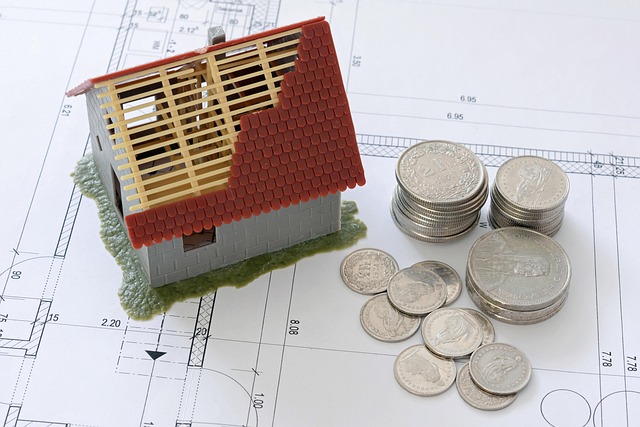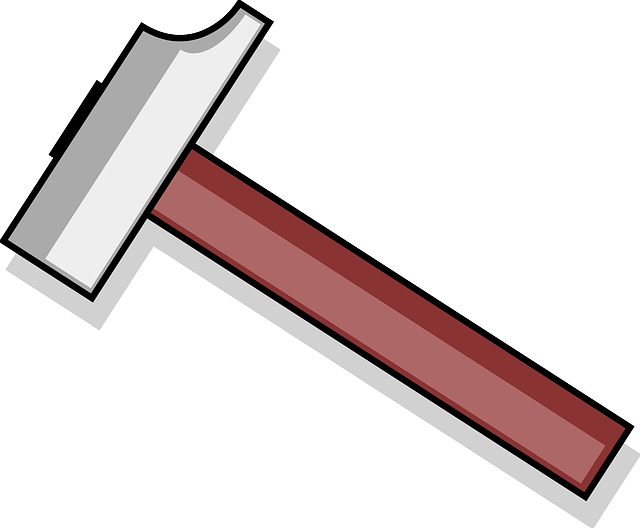Contractor financing for home improvements provides a vital pathway for construction professionals to expand their businesses by investing in equipment, taking on larger projects, and staying competitive without draining personal savings or relying heavily on traditional bank loans. Options include fixed funding from banks, flexible lines of credit, and government-backed SBA loans with favorable terms. Effective management involves evaluating creditworthiness, exploring various financing options, understanding key terms, maintaining robust accounting practices, and fostering communication with lenders for steady growth in the home improvement industry.
In today’s competitive market, contractors seeking to excel in home improvements must master a crucial aspect: financing. Understanding and leveraging contractor financing options can transform their business, enabling them to take on larger projects, enhance client satisfaction, and boost profitability. This article explores the intricacies of contractor financing for home improvements, from clarifying key concepts to revealing strategic management tactics. By the end, contractors will be equipped with insights to navigate and capitalize on this essential tool.
- Understanding Contractor Financing for Home Improvements
- Types of Financing Options Available to Contractors
- Benefits and Considerations for Contractors Using Financing
- Strategies for Effective Contractor Financing Management
Understanding Contractor Financing for Home Improvements

For contractors, understanding and accessing the right financing options is key to growing their business and taking on larger projects. Contractor financing for home improvements refers to the various financial tools and resources designed specifically to support professionals in the construction and renovation industry. These funding mechanisms are tailored to cover project costs, equipment purchases, and other associated expenses.
By availing themselves of contractor financing options, professionals can invest in their business, acquire new tools and machinery, and take on more significant contracts without immediately depleting personal savings or relying heavily on traditional bank loans. This accessible financing allows contractors to stay competitive in the market, offer high-quality services, and ultimately drive growth.
Types of Financing Options Available to Contractors

Contractors looking to expand their business or take on larger projects often require additional capital, leading them to explore various contractor financing options for home improvements. The market offers several alternatives tailored to meet different needs and risk profiles. One popular choice is traditional bank loans, which provide a fixed amount of funding at a predetermined interest rate. These loans are suitable for contractors with an established credit history and stable cash flow.
Alternative financing methods include lines of credit, which offer a flexible borrowing limit that contractors can access as needed. This option is ideal for those with seasonal work fluctuations or unexpected project expenses. Additionally, government-backed loans, such as SBA (Small Business Administration) loans, are available to eligible contractors, offering favorable terms and lower interest rates. These financing options empower contractors to take on ambitious home improvement projects while managing cash flow effectively.
Benefits and Considerations for Contractors Using Financing

For contractors, accessing Contractor Financing for home improvements offers a range of benefits that can streamline operations and boost growth. It provides an opportunity to take on larger projects with more complex scopes, as it allows them to purchase materials, hire additional labour, and cover overhead costs without the immediate cash outflow. This financial flexibility enables contractors to bid for and secure more lucrative contracts, ultimately leading to increased profitability.
However, there are key considerations. Contractors must assess their creditworthiness to determine eligibility for financing options. Lenders will evaluate their business history, financial health, and project feasibility before extending credit. It’s crucial to explore different financing avenues—from traditional banks to specialized lenders and alternative financing methods—to find the most suitable terms aligned with individual needs. Understanding interest rates, repayment periods, and any associated fees is essential for effective budget planning and ensuring the financial viability of both the contractor and the home improvement project.
Strategies for Effective Contractor Financing Management

Effective contractor financing management is key to ensuring smooth operations and steady growth for home improvement businesses. Contractors should start by thoroughly understanding their cash flow needs, project timelines, and potential risks associated with each job. This financial planning allows them to secure adequate funding options, such as lines of credit or equipment financing, tailored to their specific requirements.
Implementing robust accounting practices is another vital strategy. Detailed records of income, expenses, and pending payments enable contractors to monitor cash flow closely, identify trends, and make informed financial decisions. Moreover, maintaining open communication with lenders and investors can facilitate better access to contractor financing opportunities, fostering long-term relationships that support the business’s expansion in the home improvements sector.
Contractor financing for home improvements offers a range of benefits, from providing access to capital to enhancing client satisfaction. By understanding different financing options and implementing effective management strategies, contractors can streamline their projects, cater to a wider range of clients, and ultimately thrive in a competitive market. Leveraging the right financial tools allows contractors to focus on what they do best: bringing home improvement visions to life.
